LEICA minilux with Summarit 40mm
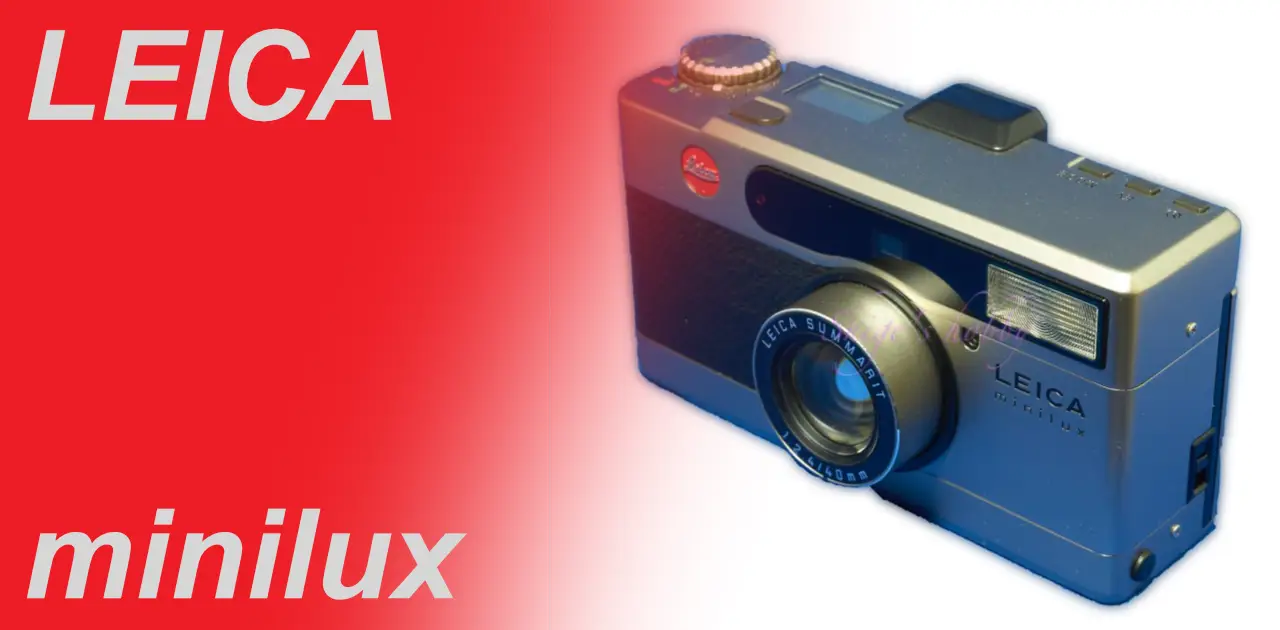
A review and sample photos of the compact film camera LEICA MILILUX.
- Please see the disclaimer regarding advertising here.
- Italicized links in the text are advertisement links that take you to other sites.
Table of contents

Gallery
The film used for the shoot was KODAK EKTER 100 color negative film, and the film scanner used was a MINOLTA DiMAGE Scan Multi PRO.
Review
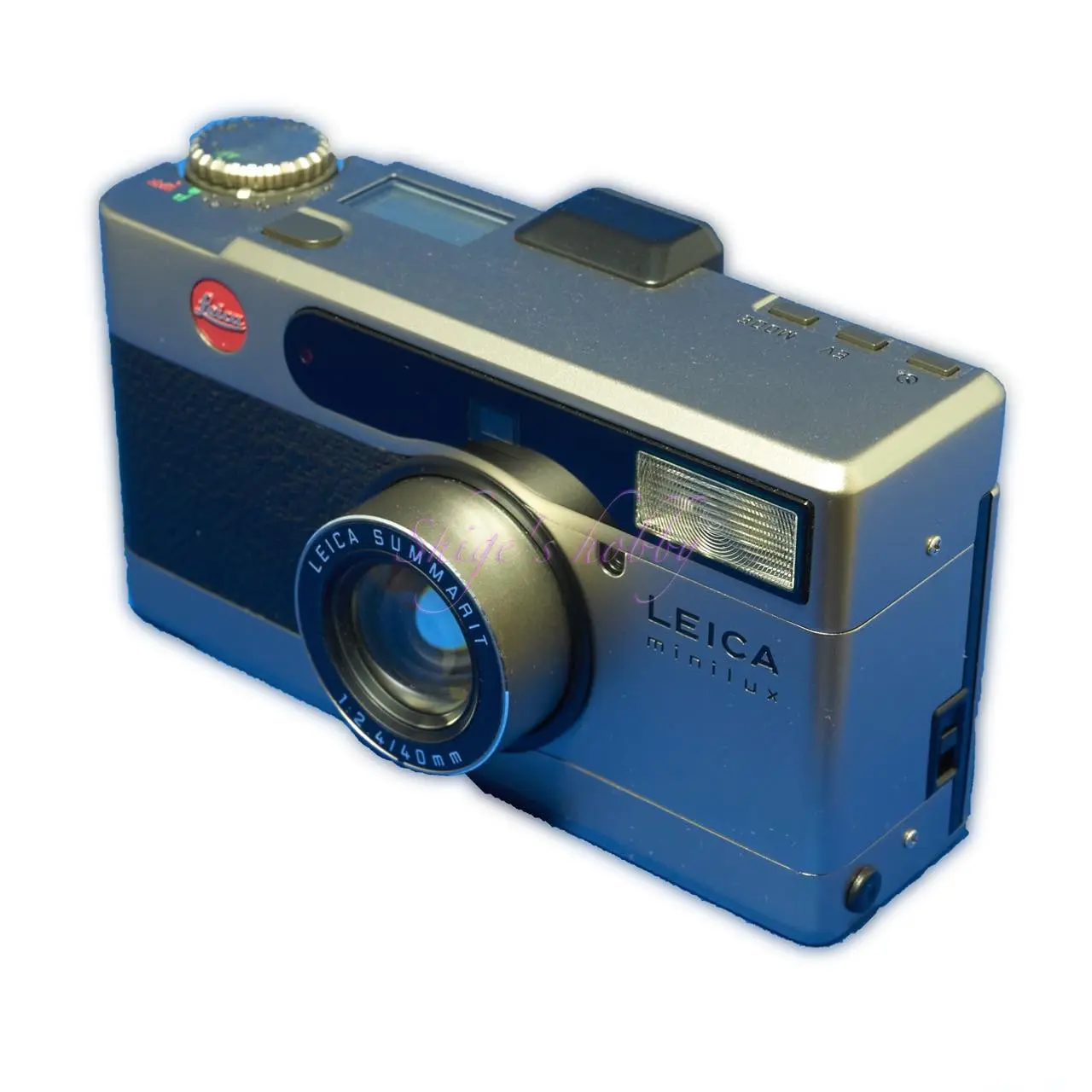
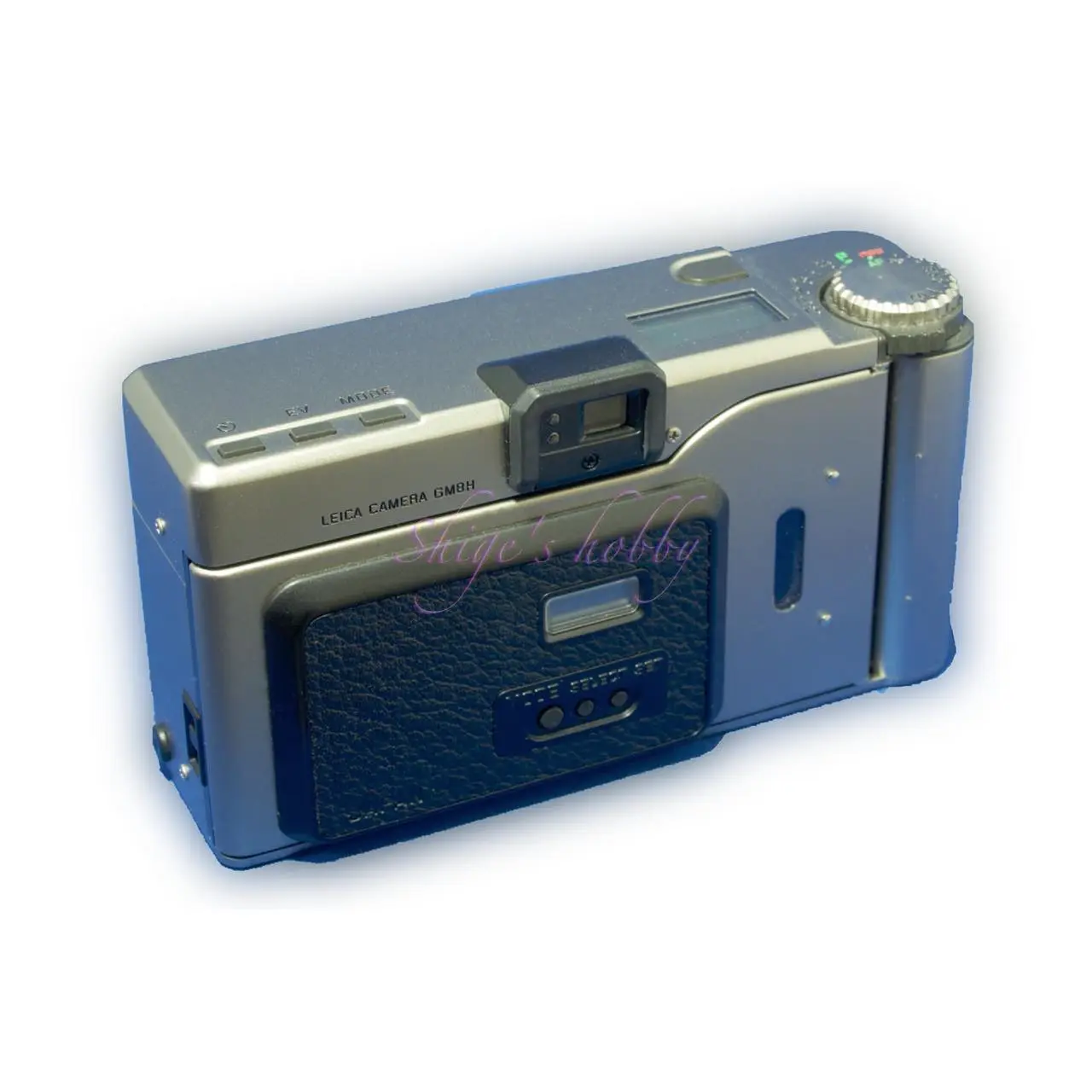
1.Overview
The LEICA MINILUX is a compact camera manufactured by Leica and released in 1995.
The main specifications are as follows, with details listed in the table.
- Equipped with a LEICA SUMMARIT lens
- Maximum aperture: f/2.4
- Lens construction: 4 groups, 6 elements
- Minimum focusing distance: 0.7m
The back of the camera is clean and button-free. Unlike the Minilux Zoom, the Minilux lacks an external flash port.
This camera was designed in Germany and manufactured in Japan. Given its past history, it is believed to have been manufactured by Minolta.
The Minilux comes in several exterior variations: the standard titanium color shown in the photo, black, and three models called the Exclusive, limited to 2,000 units.
According to the Leica Forum Wiki, 100,000 units were produced in 1995, with an additional 20,000 subsequently produced, for a total of 120,000 units.
2.Usability
I bought a used LEICA MINILUX in 2016. The lens features a 40mm focal length, a specialty of German compact cameras. It aims for versatility—neither too wide nor too narrow—but it also feels a bit half-baked.
The camera’s operability is excellent, with the focus distance and aperture dials arranged in a two-story structure on the right side. Directly above the lens is a real-image viewfinder, which displays various shooting information and a parallax compensation frame for close-up shots. The left side is equipped with buttons for flash, exposure compensation, and timer.
The shutter button is made of cheap plastic and has an average shutter feel. Given the elaborate exterior, I wouldn’t say it’s on par with the M series, but I feel the shutter button could have been a little more refined.
The camera’s autofocus can sometimes stray from the subject, so in situations like this, the photographer should consider switching to manual focus. It may be a problem with the camera I had, but looking at the results of shooting negative film, when the exposure was left to auto, correct and underexposed results were mixed together at unclear times, even in similar scenes, so I had to check the aperture and shutter speed before pressing the shutter button.
I bought this camera to convert to an M mount, but before that I ran through about four rolls of film. Even after converting to an M mount, I can still feel that the lens takes very good pictures. I removed the lens from the camera at Ms-optics and converted it to a Leica M mount, so only the camera body remains with me.
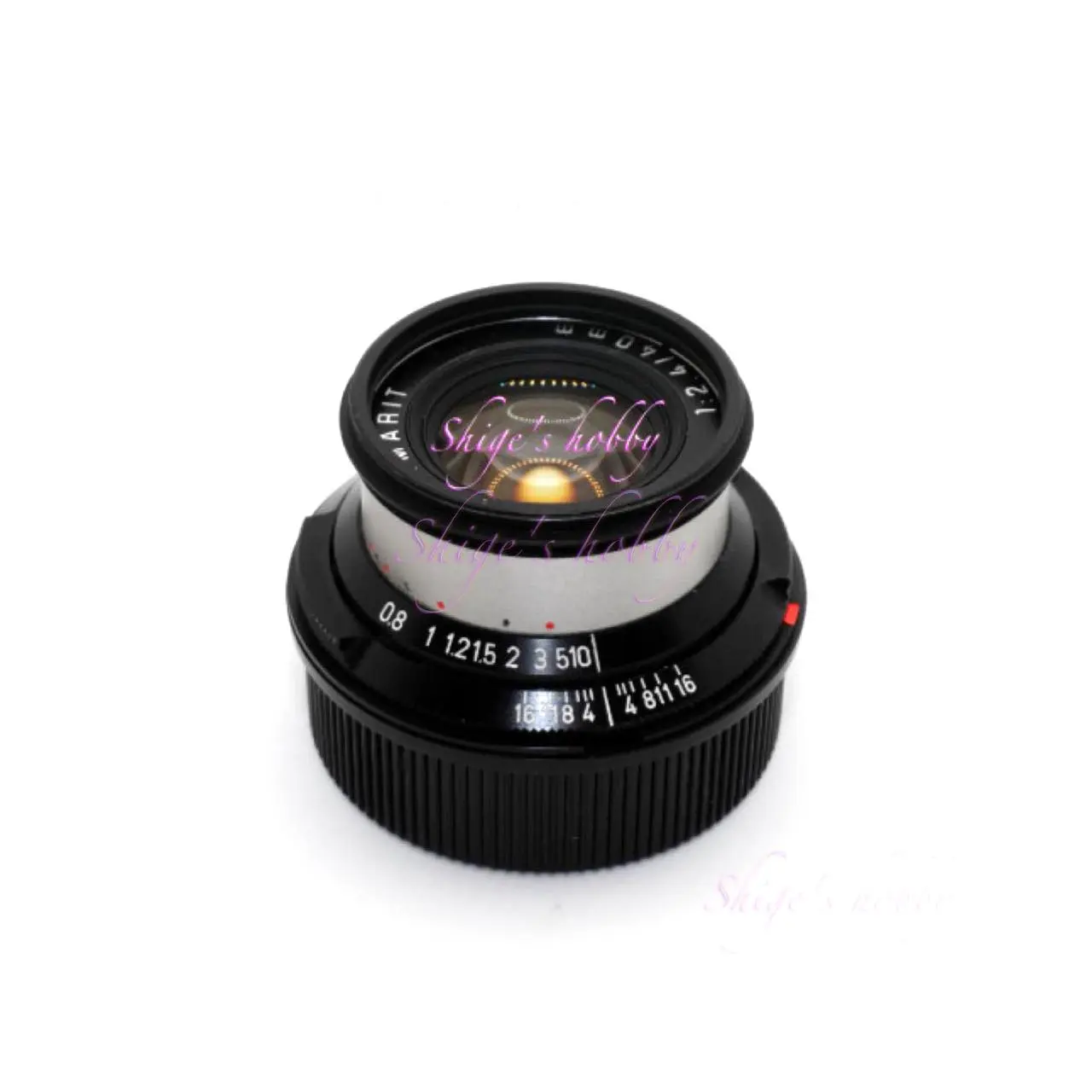
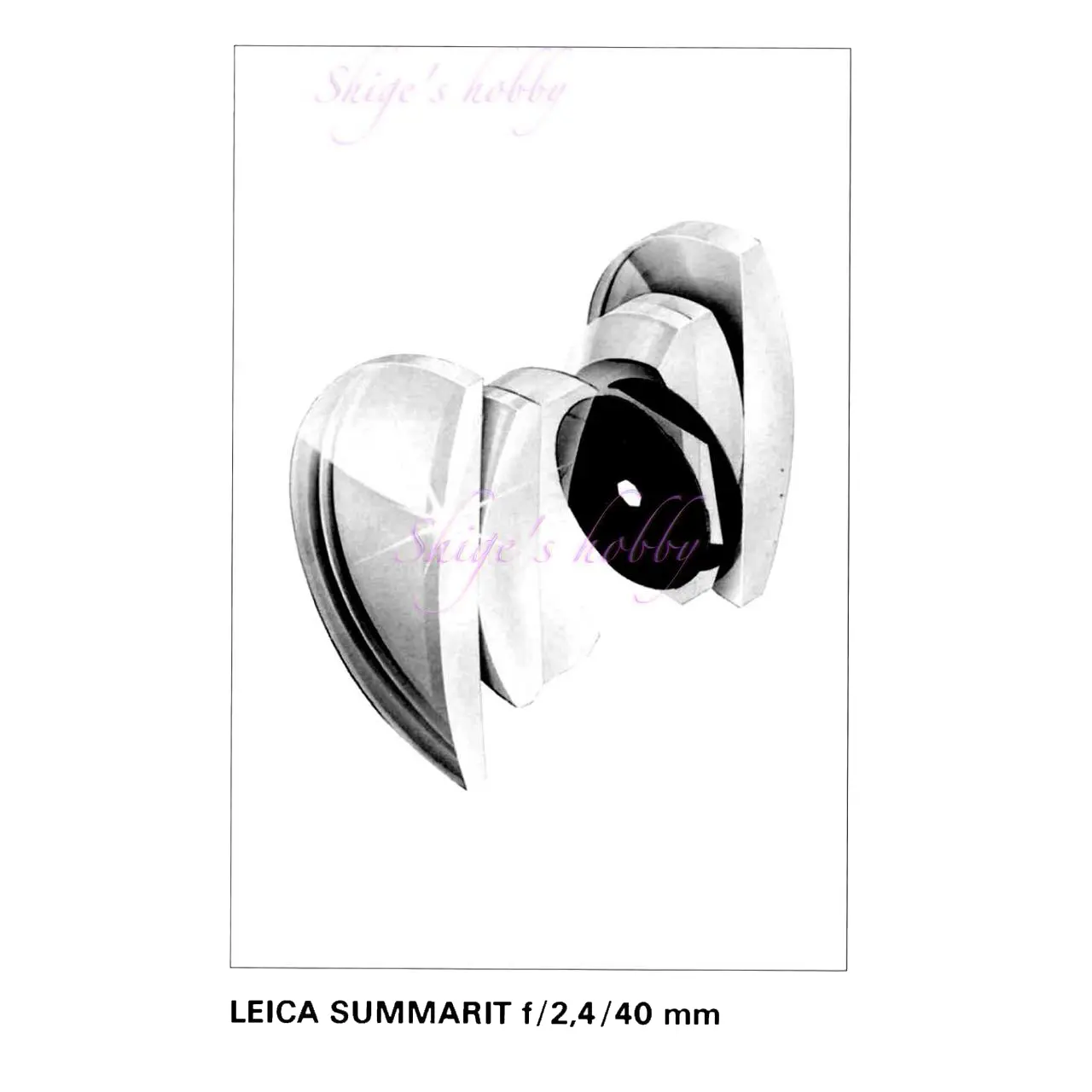
3.Summary
In conclusion , to sum up, the LEICA MINILUX is a compact film camera that also allows for manual operation.
The 40mm focal length is easy to use for a fixed-lens camera, and in most situations you can simply press the shutter button.
The prices of both film and film cameras have risen in the 2020s, making it a challenging environment to use, but if you can get your hands on the body, I hope you will enjoy the images captured by the Summilux through film.
Specifications, considerations, etc.
This was one of the high-end compact cameras that various manufacturers competed to release in the 1990s, along with other cameras released around the same time, including the RICOH GR1, MINOLTA TC-1, NIKON 28Ti, and NIKON 35Ti.
The lens is slightly slower than the Summicron, at f/2.4, and is given the name Summarit. This lens was only available on the MINILUX and CM, and given its size it could also be called a Summicron, likely the result of extensive internal discussions at Leica over what name to use on a compact camera. While the name Summarit was rare when this camera was released, it can now be seen as the name of a lens in the LEICA M and LEICA S series that is slower than the Summicron but brighter than the Elmarit.
| Item | minilux | HEXAR |
| View Finder | Real Image Viewfinder Autofocus Area Close-Up Frame Panoramic Frame Function Display Flash Autofocus Exposure Meter | Reverse Galilean viewfinder, light-gathering bright frame, automatic parallax correction |
| Finder Magnification | 0.35 x | – |
| Lens | SUMMARIT | HEXAR LENS |
| Focal length(mm) | 40 | 35 |
| Lens Construction | 4 groups in 6 elements | 7 elements in 6 groups |
| Max Aperture | 2.4 | 2 |
| Min Aperture | 16 | 22 |
| 測距方式 | Infrared autofocus | Infrared non-scan active autofocus system |
| Shutter Mechanism | Electronically controlled shutter | Stepping motor electromagnetic shutter |
| Shutter speed | 1/400~1 (B position 99 seconds) | 1/250〜30 |
| Min distance(m) | 0.7〜 | 0.6〜 |
| Battery | CR123A | 2CR5 |
| Size(mm) W x H x D | 124 × 69 × 39 | 137.5 x 76.5 x 64.5 (no date) |
| Wight(g) | 330 | 495 |
| Release date | 1995 | 1992 |
| Price | ¥120,000 | 88,000 (without date) 98,000 (with date) |
| Color | 18006-titan 18009-black 18010-black.DB 18025 18069-DB (with data bag, lizard leather) | Hexer Hexer Rhodium Hexer Silver |
Option
- Data Bag (18525)
- Panorama Adapter
Reference links
- LEICA WIKI MINILUX
- Compact Camera News: 320 New and Old Small Camera Models Featured! (Aimook 572) Mook – August 1, 2002,
Affiliate links

Amazon Prime Sale
Update history
- 2025.8.21
Leave a Reply